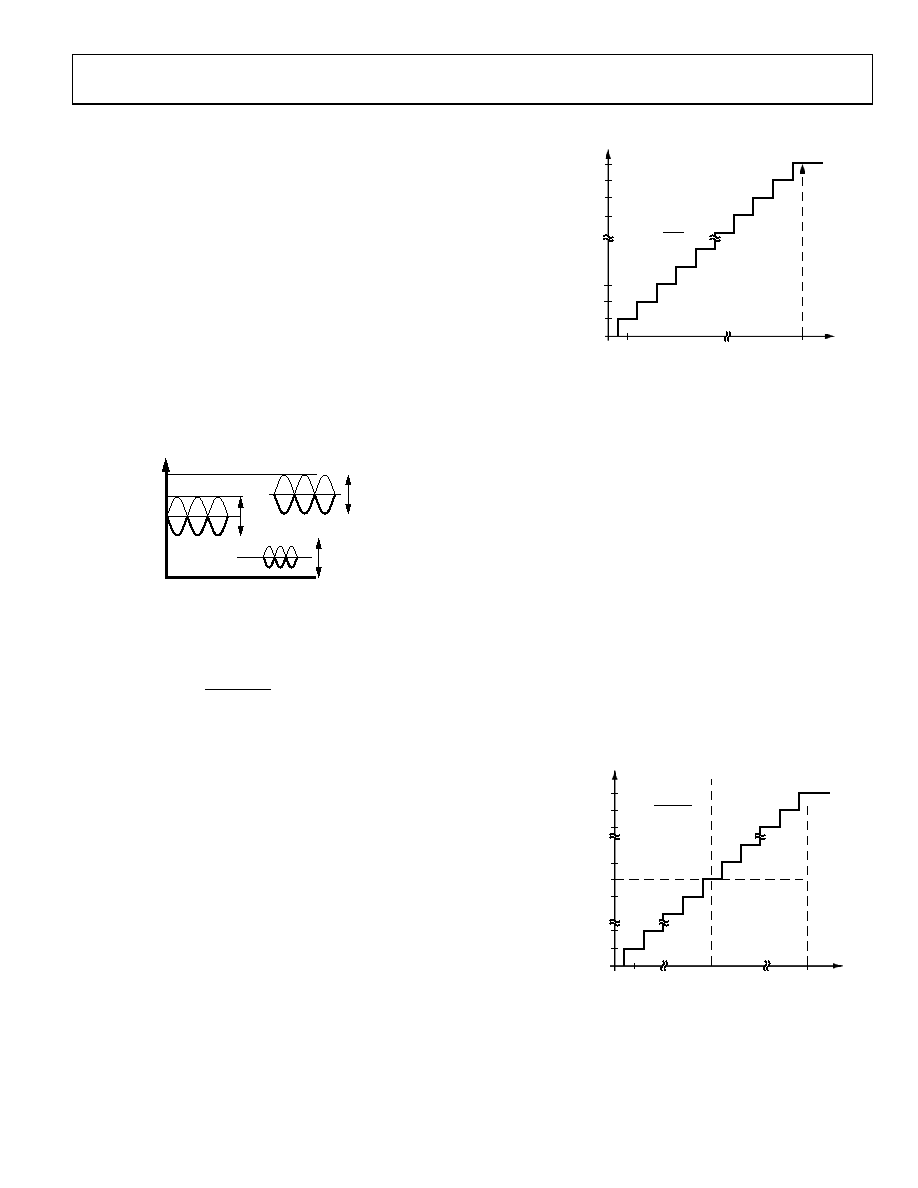- 您現(xiàn)在的位置:買(mǎi)賣(mài)IC網(wǎng) > PDF目錄15530 > EVAL-ADUC7023QSPZ1 (Analog Devices Inc)BOARD EVAL FOR ADUC7023 PDF資料下載
參數(shù)資料
| 型號(hào): | EVAL-ADUC7023QSPZ1 |
| 廠商: | Analog Devices Inc |
| 文件頁(yè)數(shù): | 22/96頁(yè) |
| 文件大小: | 0K |
| 描述: | BOARD EVAL FOR ADUC7023 |
| 標(biāo)準(zhǔn)包裝: | 1 |
| 系列: | QuickStart™ PLUS 套件 |
| 類(lèi)型: | MCU |
| 適用于相關(guān)產(chǎn)品: | ADuC7023 |
| 所含物品: | 板 |
第1頁(yè)第2頁(yè)第3頁(yè)第4頁(yè)第5頁(yè)第6頁(yè)第7頁(yè)第8頁(yè)第9頁(yè)第10頁(yè)第11頁(yè)第12頁(yè)第13頁(yè)第14頁(yè)第15頁(yè)第16頁(yè)第17頁(yè)第18頁(yè)第19頁(yè)第20頁(yè)第21頁(yè)當(dāng)前第22頁(yè)第23頁(yè)第24頁(yè)第25頁(yè)第26頁(yè)第27頁(yè)第28頁(yè)第29頁(yè)第30頁(yè)第31頁(yè)第32頁(yè)第33頁(yè)第34頁(yè)第35頁(yè)第36頁(yè)第37頁(yè)第38頁(yè)第39頁(yè)第40頁(yè)第41頁(yè)第42頁(yè)第43頁(yè)第44頁(yè)第45頁(yè)第46頁(yè)第47頁(yè)第48頁(yè)第49頁(yè)第50頁(yè)第51頁(yè)第52頁(yè)第53頁(yè)第54頁(yè)第55頁(yè)第56頁(yè)第57頁(yè)第58頁(yè)第59頁(yè)第60頁(yè)第61頁(yè)第62頁(yè)第63頁(yè)第64頁(yè)第65頁(yè)第66頁(yè)第67頁(yè)第68頁(yè)第69頁(yè)第70頁(yè)第71頁(yè)第72頁(yè)第73頁(yè)第74頁(yè)第75頁(yè)第76頁(yè)第77頁(yè)第78頁(yè)第79頁(yè)第80頁(yè)第81頁(yè)第82頁(yè)第83頁(yè)第84頁(yè)第85頁(yè)第86頁(yè)第87頁(yè)第88頁(yè)第89頁(yè)第90頁(yè)第91頁(yè)第92頁(yè)第93頁(yè)第94頁(yè)第95頁(yè)第96頁(yè)

Data Sheet
ADuC7023
| Page 29 of 96
ADC CIRCUIT OVERVIEW
The analog-to-digital converter (ADC) incorporates a fast,
multichannel, 12-bit ADC. It can operate from 2.7 V to 3.6 V
supplies and is capable of providing a throughput of up to
1 MSPS when the clock source is 41.78 MHz. This block
provides the user with a multichannel multiplexer, a differential
track-and-hold, an on-chip reference, and an ADC.
The ADC consists of a 12-bit successive approximation
converter based around two capacitor DACs. Depending on the
input signal configuration, the ADC can operate in one of two
different modes: fully differential mode (for small and balanced
signals) or single-ended mode (for any single-ended signals).
The converter accepts an analog input range of 0 V to VREF when
operating in single-ended mode. In fully differential mode, the
input signal must be balanced around a common-mode voltage
(VCM) in the 0 V to AVDD range with a maximum amplitude of
08
67
5-
0
12
AVDD
VCM
0
2VREF
Figure 19. Examples of Balanced Signals in Fully Differential Mode
A high precision, low drift, factory calibrated, 2.5 V reference is
provided on chip. An external reference can also be connected as
described later in the Band Gap Reference section.
Single or continuous conversion modes can be initiated in the
software. An external CONVSTART pin, an output generated from
the on-chip PLA, or a Timer0 or Timer1 overflow can also be
used to generate a repetitive trigger for ADC conversions.
A voltage output from an on-chip band gap reference propor-
tional to absolute temperature can also be routed through the
front-end ADC multiplexer. This temperature channel can be
selected as an ADC input. This facilitates an internal temperature
sensor channel that measures die temperature.
TRANSFER FUNCTION
Single-Ended Mode
In single-ended mode, the input range is 0 V to VREF. The
output coding is straight binary in single-ended mode with
1 LSB = FS/4096, or
2.5 V/4096 = 0.61 mV, or
610 μV when VREF = 2.5 V
The ideal code transitions occur midway between successive
integer LSB values (that is, 1/2 LSB, 3/2 LSB, 5/2 LSB, … ,
FS 3/2 LSB). The ideal input/output transfer characteristic
is shown in Figure 20.
086
75-
0
13
O
UT
P
UT
CO
DE
VOLTAGE INPUT
1111 1111 1111
1111 1111 1110
1111 1111 1101
1111 1111 1100
0000 0000 0011
1LSB
0V
+FS – 1LSB
0000 0000 0010
0000 0000 0001
0000 0000 0000
1LSB =
FS
4096
Figure 20. ADC Transfer Function in Single-Ended Mode
Fully Differential Mode
The amplitude of the differential signal is the difference between
the signals applied to the VIN+ and VIN– pins (that is, VIN+
VIN). The maximum amplitude of the differential signal is,
therefore, VREF to +VREF p-p (that is, 2 × VREF). This is regardless of
the common mode (CM). The common mode is the average of
the two signals, for example, (VIN+ + VIN–)/2, and is, therefore,
the voltage on which the two inputs are centered. This results in
the span of each input being CM ±VREF/2. This voltage has to be
the Analog Inputs section).
The output coding is twos complement in fully differential mode
with 1 LSB = 2 VREF/4096 or 2 × 2.5 V/4096 = 1.22 mV when
VREF = 2.5 V. The output result is ±11 bits, but this is shifted by
one to the right. This allows the result in the ADCDAT MMR to
be declared as a signed integer when writing C code. The
designed code transitions occur midway between successive
integer LSB values (that is, 1/2 LSB, 3/2 LSB, 5/2 LSB, … , FS
3/2 LSB). The ideal input/output transfer characteristic is shown
086
75
-014
O
UT
P
UT
CO
DE
VOLTAGE INPUT (VIN+ – VIN–)
0 1111 1111 1110
0 1111 1111 1100
0 1111 1111 1010
0 0000 0000 0010
0 0000 0000 0000
1 1111 1111 1110
1 0000 0000 0100
1 0000 0000 0010
1 0000 0000 0000
–VREF + 1LSB
+VREF – 1LSB
0LSB
1LSB =
2 × VREF
4096
SIGN
BIT
Figure 21. ADC Transfer Function in Differential Mode
Rev. E
相關(guān)PDF資料 |
PDF描述 |
|---|---|
| AIUR-10-182K | INDUCTOR POWER 1800UH 10% T/H |
| EYM15DRSD | CONN EDGECARD 30POS DIP .156 SLD |
| V300C3V3C50B | CONVERTER MOD DC/DC 3.3V 50W |
| AIUR-06-271K | INDUCTOR POWER 270UH 10% T/H |
| EGM15DRSD | CONN EDGECARD 30POS DIP .156 SLD |
相關(guān)代理商/技術(shù)參數(shù) |
參數(shù)描述 |
|---|---|
| EVAL-ADuC7023QSPZ2 | 制造商:AD 制造商全稱:Analog Devices 功能描述:Precision Analog Microcontroller, 12-Bit Analog I/O, ARM7TDMI MCU with Enhanced IRQ Handler |
| EVALADUC7023QSPZU1 | 制造商:Analog Devices 功能描述: |
| EVAL-ADUC7024QS | 制造商:Analog Devices 功能描述:QUICK START DEVELOPMENT SYSTEM - Bulk |
| EVAL-ADUC7024QS-U2 | 制造商:Analog Devices 功能描述:QUICK START DEVL SYST EVAL BOARD I.C. - Bulk |
| EVAL-ADUC7024QS-U3 | 制造商:Analog Devices 功能描述:ARM7 ADUC7024 QUICKSTART DEV KIT |
發(fā)布緊急采購(gòu),3分鐘左右您將得到回復(fù)。